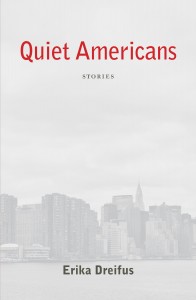Thursday’s Post-Publication Post: Happ(ier) Days
 Thanks so much for the supportive responses re: last week’s post-publication post. I’m pleased to tell you that although I’ve continued to have a few trials and tribulations in the days since, there are plenty of bright spots to report as well.
Thanks so much for the supportive responses re: last week’s post-publication post. I’m pleased to tell you that although I’ve continued to have a few trials and tribulations in the days since, there are plenty of bright spots to report as well.
First, I had a great day out at the Manhattanville College Summer Writers’ Week. Many thanks to Karen Sirabian and her team for making me feel so welcome (and feeding me lunch!). If you haven’t yet seen the online version of the social-media resource list that I shared at my session, you’ll find it here.
Next, although I found out this week that I didn’t win a(nother) fellowship I’d applied for (in this case, the Emerging Writer Fellowship administered by The Writer’s Center of Bethesda, Md.), I was honored when I learned that at least, I’d made the finalist list. (And what a list it is, filled with names of writers I admire. I’ll try to keep tabs on the award announcement, and if the finalist list is made public, I’ll share it with you.)
Finally, I’m proud to present a new essay of mine on the Center for Fiction’s lovely website. The essay appears within the site’s “Writers on Writing” section. And if you’ve been at all curious about how my story collection, Quiet Americans, got its title, you’ll want to read this essay.